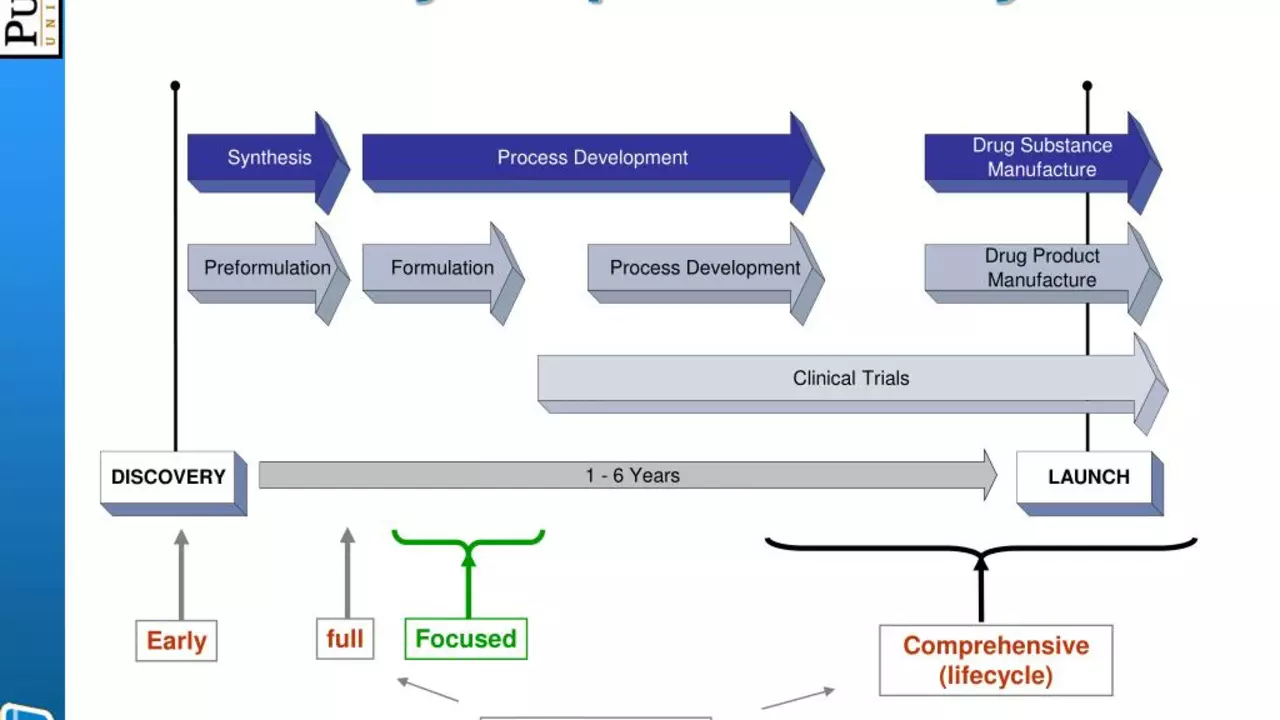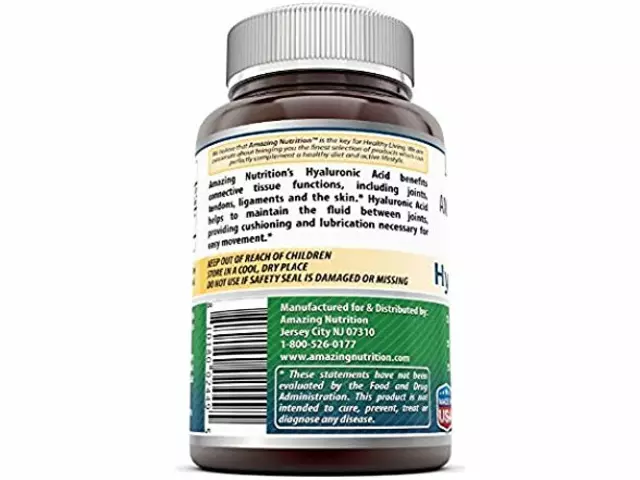Cilostazol: What It Treats and How It Helps
Want to walk farther without leg pain? Cilostazol (brand name Pletal) is a prescription medicine many doctors use for intermittent claudication — the calf pain that shows up when you walk because of poor blood flow. Clinical trials report better walking distance and less pain for people who tolerate the drug. This short guide tells you how it works, what to watch for, and simple safety tips you can use when talking with your provider.
How cilostazol works
Cilostazol blocks an enzyme called phosphodiesterase type 3. That sounds technical, but the result is clear: blood vessels relax and platelets are less likely to clump. You get better blood flow to the legs and a lower chance of clots. It doesn’t cure the underlying artery disease, but it often gives back useful walking ability when combined with exercise and lifestyle changes like quitting smoking.
Most doctors prescribe cilostazol as an oral tablet, commonly 100 mg taken twice a day. Follow your prescriber’s schedule precisely—don’t change dose on your own. Some people notice benefits in a few weeks; others take a couple of months to feel improvement.
Safety tips & interactions
There are clear safety flags to know. Don’t take cilostazol if you have heart failure of any severity—studies show drugs in this class can raise the risk of death in people with heart failure. Tell your doctor about any history of heart problems before starting cilostazol.
Cilostazol is processed by liver enzymes (CYP3A4 and CYP2C19). That means many common medicines can raise or lower its levels. Strong antibiotics, some antifungals, and certain HIV drugs can boost cilostazol and increase side effects. On the flip side, some medicines can lower its effect. Always give your prescriber a full list of drugs, supplements, and even herbal remedies you take.
Watch for side effects: headache, diarrhea, dizziness, fast heartbeat, and flushing are common. Because cilostazol reduces platelet function, minor bleeding (like easy bruising or nosebleeds) can happen. If you’re already on blood thinners or have a bleeding disorder, discuss risks carefully.
Pregnancy and breastfeeding? Tell your doctor. Safety data are limited, so most prescribers avoid cilostazol unless they judge the benefits clearly outweigh risks.
Practical tips: stick with supervised exercise therapy if possible—cilostazol works best with walking programs. Report new chest pain, shortness of breath, fainting, or irregular heartbeat right away. Keep regular appointments so your provider can check how you’re doing and adjust treatment if needed.
If you want to know whether cilostazol fits your situation, ask about expected benefits, possible drug interactions, and safer alternatives. Small changes—like quitting smoking and starting a walking routine—often add up fast when combined with the right medication.

Cilostazol: A Comprehensive Review of Clinical Trials
In today's post, we delve into the comprehensive review of clinical trials on Cilostazol, a medication predominantly used for treating intermittent claudication. The trials show that Cilostazol effectively improves walking distance and relieves symptoms in patients. It also has potential benefits in cardiovascular and cerebrovascular disease prevention. However, it's important to note that like all drugs, it comes with its own set of side effects. Stay tuned for more detailed discussions on these trials.
Categories
- Medications (50)
- Health and Medicine (46)
- Health and Wellness (34)
- Online Pharmacy Guides (15)
- Nutrition and Supplements (7)
- Parenting and Family (3)
- Environment and Conservation (2)
- healthcare (2)
- prescription savings (1)



